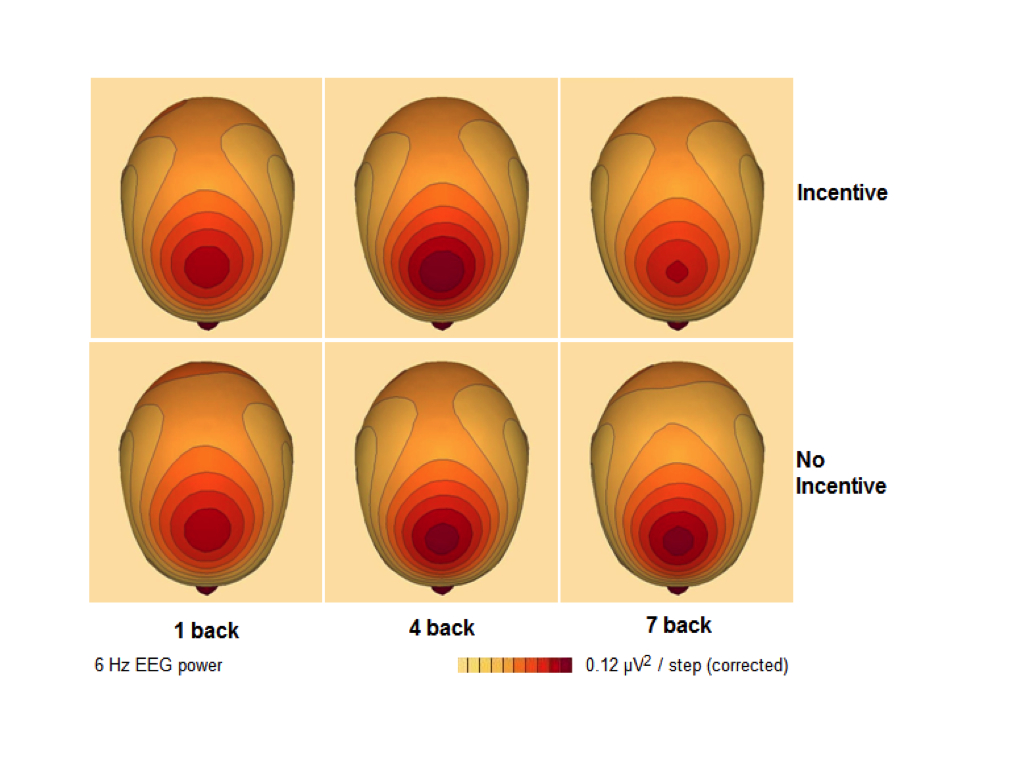This post represents some thoughts on the use of psychophysiology to evaluate the player experience during a computer game. As such, it’s tangential to the main business of this blog, but it’s a topic that I think is worth some discussion and debate, as it raises a whole bunch of pertinent issues for the design of physiological computer games.
Psychophysiological methods are combined with computer games in two types of context: applied psychology research and game evaluation in a commercial context. With respect to the former, a researcher may use a computer game as a platform to study a psychological concept, such as effects of game play on aggression or how playing against a friend or a stranger influences the experience of the player (see this recent issue of Entertainment Computing for examples). In both cases, we’re dealing with the application of an experimental psychology methodology to an issue where the game is used as a task or virtual world within which to study behaviour. The computer game merely represents an environment or context in which to study human behaviour. This approach is characterised by several features: (1) comparisons are made between carefully controlled conditions, (2) statistical power is important (if you want to see your work published) so large numbers of participants are run through the design, (3) selection of participants is carefully controlled (equal number of males and females, comparative age ranges if groups are compared) and (4) counterbalanced designs, i.e. if participants play 2 different games, half of them play game 1 then game 2 whilst the other half play game 2 and then game 1; this is important because the order in which games are presented often influences the response of the participants.
Continue reading
